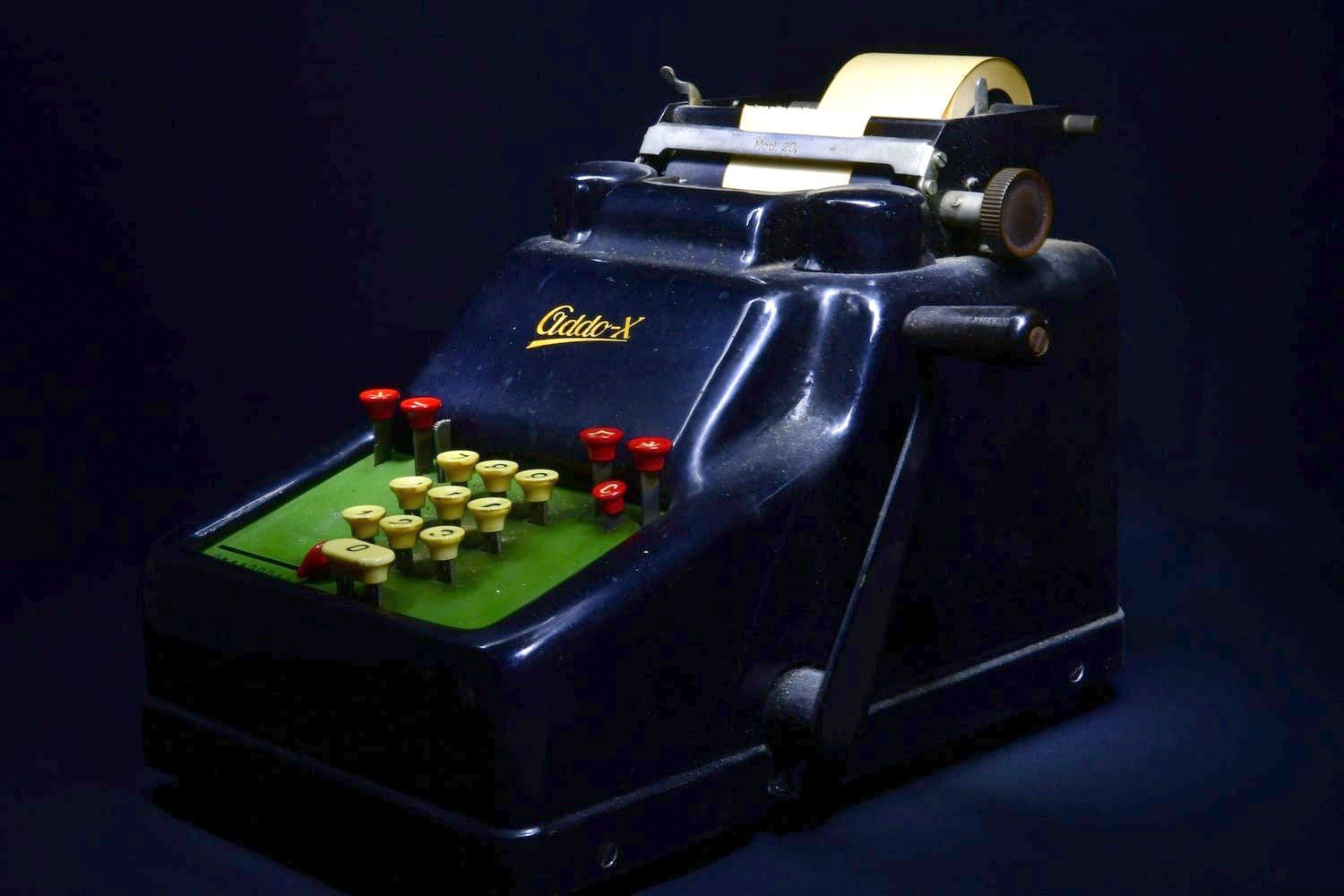Determining the best approach toward purchasing materials from your suppliers can be challenging. How often should you order, and how many parts should you order at a time? What’s too much, and what’s too little? You don’t want to have a warehouse full of unused items, but you don’t want to run out of product, either. Luckily, there’s a relatively straightforward method for calculating this.
The Economic Order Quantity (EOQ) is a formula designed to identify the optimal amount of goods to order that minimizes costs related to purchasing, delivery, receiving and storage of inventory while concurrently matching demand and, thus, maximizing profitability. This model relates to inventory management, production scheduling, and cash flow, and it helps to determine a company’s inventory reorder point. Additionally, it assumes the demand rate, ordering habits, holding costs, and lead times all remain constant. Generally speaking, the analysis is performed based on annual numbers.
Purchasing costs are those related to the actual placing and processing of an order for product. Outbound handling, shipping and receiving of orders have direct and ancillary expenses, too. Additionally, holding or carrying costs refers to the expense of storing inventory, which includes those related to shrink (stolen or missing goods), scrap (damaged goods), the actual storage space, utilities, labor, and insurance. These costs also include the time and resources spent and associated with performing the task.
The goal here is to determine your Goldilocks point for ordering parts. Order too many parts, and they become dollar bills sitting on warehouse shelves collecting dust, instead of providing the company some value elsewhere (i.e., opportunity costs). However, ordering too few parts can result in shortages, delays, unhappy customers, and lost profits. So, the desire is to order the right amount to meet demand while minimizing costs.
The EOQ is calculated by using the following formula:
EOQ = √2DS/H
The variables in the formula are as follows:
D = Demand in units (or estimated annual usage)
S = Order cost (per purchase order)
H = Holding or carrying costs (per unit, per year)
So, to use a fairly simple example, if the annual demand is 2,500 units, the cost per purchase order is $10, and the annual holding cost per unit is $5, the EOQ formula would be applied like this:
(2 x 2,500 x $10) / $5
50,000 / $5
10,000
Square root of 10,000 = 100 EOQ
Therefore, by ordering 100 units every time you place an order, you will minimize your costs while meeting demand, provided the assumptions mentioned above hold true. In addition, this allows us to compute the number of orders to be placed each year. Using the same example, that would be done like this:
Annual Demand / EOQ
2,500 / 100
25 orders per year
For quick computations, check out this online EOQ calculator.
Finally, there are some limitations with this approach in that some of the elements (e.g., customer demand) actually do fluctuate in the real world, potential quality issues are not included, and other variables, like quantity discounts, can affect the analysis. Nevertheless, the presumptions do not have to be exact, and allowances can be made for variations. Fundamentally, just having a basic understanding of the Economic Order Quantity model should contribute to more efficient materials purchasing and more effective inventory management, which results in greater overall profitability.

